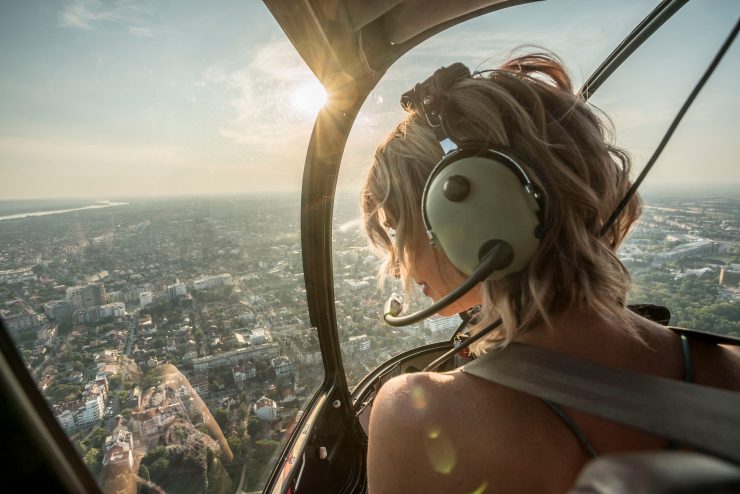Iris Automation, the Aircraft Owners and Pilots Association (AOPA), and the Helicopter Association International (HAI) applaud the US Congress for its continued support for the safe integration of unmanned aircraft systems (UAS) into the National Airspace, according to an Iris Automation press release.
“With the passage of the end of year government FY’21 funding legislation, H.R. 133, Consolidated Appropriations Act, 2021, the House and Senate bi-partisan Appropriations Committees included language intended to underscore the importance of onboard Detect and Avoid technology (DAA) as a critical safety tool for full UAS integration,” says the company. “By doing so, under its legislative oversight authority, Congress has sent a clear signal that progress towards full Beyond Visual Line of Sight (BVLOS) drone integration remains a top priority for U.S. policymakers.”
“The key to drone integration is air safety for all aircraft, piloted and unpiloted. Safe integration and uniform regulatory standards will eventually allow commercial drones to conduct missions ranging from package delivery and infrastructure inspection to agriculture, mapping and mining, and critical life-saving public safety operations. The use cases for beneficial commercial and public sector drone use is almost limitless.
“Iris Automation is a computer vision technology company pioneering the development of advanced detection systems used to help provide Detect-and-Avoid (DAA) capabilities that enable safe commercial drone operations including scalable Beyond Visual Line of Sight missions.
“The language included in this legislation will soon become law once signed by President Donald Trump. The provision directs the FAA to report back to Congress within 90 days on the agency’s plans for advancing BVLOS regulatory standards and specifically on how onboard Detect and Avoid technologies can address safety concerns: The FAA shall report to the House and Senate Committees on Appropriations within 90 days of enactment of this Act on how it plans to address a number of complex safety concerns prior to allowing for BVLOS operations, including safe distance separation, right-of-way, reliability standards for sensors, and the associated data sources and data fidelity for flight planning, terrain avoidance, object avoidance, collision avoidance, and how current onboard detect and avoid technology manufacturers and users are addressing these challenges.”
AOPA and HAI issued a joint statement: “AOPA and HAI appreciate the prioritization of aviation safety in this legislation and commend Congress for calling attention to important considerations for the FAA to address in order to advance safe BVLOS operations. Technologies such as onboard detect and avoid show great promise for enhancing UAS safety in the national airspace system without the need for additional equipment on manned aircraft. We look forward to the FAA’s review of how certain capabilities may be effectively utilized to meet a regulatory framework for UAS operations.”
According to Jon Damush, CEO of Iris Automation: “We are delighted to see Congress recognize the stage we are at with DAA technology and its impact on the future commercialization of drone operations. The FAA has already made great strides in defining the necessary regulations through strong industry partnerships and we look forward to continuing to be a part of that collaboration.”
(Image: Shutterstock)




